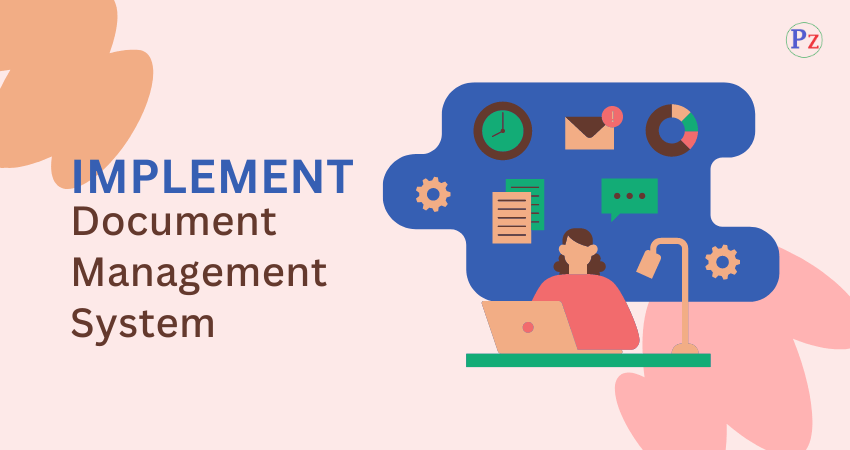Key Concepts of Business Analysis Fundamentals
In the realm of business analysis fundamentals, understanding the foundation of effective analysis is crucial for organizational success. Business analysis fundamentals encompass various key concepts that focus on analyzing business processes, gathering requirements, and solving problems to drive strategic decision-making within an organization. By grasping these fundamental principles, business analysts can effectively bridge the gap between business needs and IT solutions, ensuring alignment with organizational goals and objectives.

One of the primary goals of business analysis fundamentals is to facilitate effective communication between stakeholders, end-users, and project teams. By establishing a common understanding of business needs and requirements, business analysts play a vital role in ensuring that projects are delivered on time and within budget. Through utilizing various techniques and tools, business analysts can streamline processes, identify areas for improvement, and drive innovation within an organization.
Understanding the Role of Business Analysts
Business Analysts play a critical role in organizations by bridging the gap between business needs and solutions. They act as intermediaries, translating complex business requirements into tangible deliverables for the stakeholders. By conducting thorough analysis and gathering detailed requirements, Business Analysts ensure that the final solution aligns with the overall goals and objectives of the business.

One of the key responsibilities of Business Analysts is to facilitate effective communication between different stakeholders. They act as a liaison between business units, IT teams, and external partners to ensure that everyone is on the same page regarding project requirements and objectives. This communication expertise is crucial in maintaining a harmonious working relationship and driving successful project outcomes.
Importance of Stakeholder Management in Business Analysis
Stakeholder management plays a crucial role in business analysis. Identifying and engaging with stakeholders is essential to ensure that their needs and expectations are understood and addressed throughout the analysis process. By actively involving stakeholders, business analysts can gain valuable insights into business requirements, potential risks, and opportunities for improvement.
Effective stakeholder management fosters collaboration and enhances communication between all parties involved in the analysis. It helps build trust and rapport, enabling stakeholders to feel valued and invested in the project outcomes. By maintaining positive relationships with stakeholders, business analysts can navigate challenges more effectively, align interests, and ultimately drive successful business analysis initiatives.
Gathering and Documenting Requirements in Business Analysis
Effectively gathering and documenting requirements in business analysis is a critical step in ensuring project success. Requirements serve as the foundation for project scope, deliverables, and overall objectives. By engaging with stakeholders, business analysts can identify and record these requirements, ensuring alignment between business needs and project outcomes. Thorough documentation of requirements helps to mitigate scope creep, improve communication among team members, and provide a roadmap for project implementation.
Through techniques such as interviews, surveys, and workshops, business analysts can elicit requirements from various stakeholders, including end-users, managers, and subject matter experts. These requirements must be documented in a clear, concise manner to ensure mutual understanding and agreement among all parties involved. Furthermore, documenting requirements helps in prioritizing them based on business value and feasibility, allowing for efficient resource allocation and successful project delivery.
Different Techniques for Analyzing Business Processes
One common technique used in analyzing business processes is process mapping. This involves visually representing the steps involved in a process, the sequence of events, decision points, and interactions. By mapping out the process, stakeholders can easily identify inefficiencies, bottlenecks, and areas for improvement.
Another technique is conducting a SWOT analysis specifically focused on business processes. This involves evaluating the strengths, weaknesses, opportunities, and threats related to how a particular process is executed within an organization. By understanding these aspects, businesses can work on enhancing their strengths, minimizing weaknesses, capitalizing on opportunities, and mitigating threats to improve their overall operational efficiency.
Utilizing Data Analysis in Business Analysis
Data analysis plays a crucial role in the field of business analysis. By examining and interpreting data sets, business analysts gain valuable insights into trends, patterns, and anomalies that can inform strategic decision-making. Whether analyzing customer behavior, market trends, or financial performance, data analysis provides a solid foundation for identifying areas of improvement and optimization within an organization.
One of the primary benefits of utilizing data analysis in business analysis is the ability to make evidence-based recommendations and decisions. Rather than relying on intuition or anecdotal evidence, data-driven insights offer a more reliable and objective perspective on business operations. By leveraging quantitative data, business analysts can identify opportunities for growth, detect potential risks, and measure the impact of proposed strategies with greater accuracy and confidence.
The Significance of Problem Solving in Business Analysis
Effective problem solving is a fundamental aspect of business analysis. Business analysts play a crucial role in identifying, analyzing, and resolving problems that hinder a company’s progress. By utilizing various analytical tools and techniques, they can uncover the root causes of issues and propose viable solutions that align with the organization’s goals and objectives.
Moreover, their ability to think critically and strategically enables them to address complex challenges and drive continuous improvement within the business environment.
In the realm of business analysis, problem-solving skills are highly valued for their role in enhancing decision-making processes. Business analysts are adept at dissecting problems into manageable components, making it easier to develop targeted strategies for overcoming obstacles. Their keen problem-solving abilities not only lead to more efficient operations and streamlined workflows but also contribute to fostering a culture of innovation and adaptability within the organization. Ultimately, the significance of problem-solving in business analysis lies in its capacity to drive positive change and sustainable growth.
Implementing Change Management in Business Analysis
Change management is a pivotal aspect of business analysis as it ensures a smooth transition from current state to desired state within an organization. When implementing change management strategies, business analysts must assess the potential impact on stakeholders, identify resistance factors, and develop strategies to mitigate any challenges that may arise. Effective communication plays a crucial role in managing change, as it keeps all stakeholders informed and engaged throughout the process.
Incorporating change management practices in business analysis not only helps in successfully implementing new business processes but also fosters a culture of adaptability within organizations. By involving key stakeholders in the change management process from the initial stages, business analysts can gain valuable insights and buy-in, ensuring a higher likelihood of success. Moreover, monitoring and evaluating the impact of implemented changes is essential to make necessary adjustments and continuously improve processes for long-term success.
| Read More Topics |
| MBA in innovation and entrepreneurship |
| What are the benefits of data science |
| Organizational behavior models |





